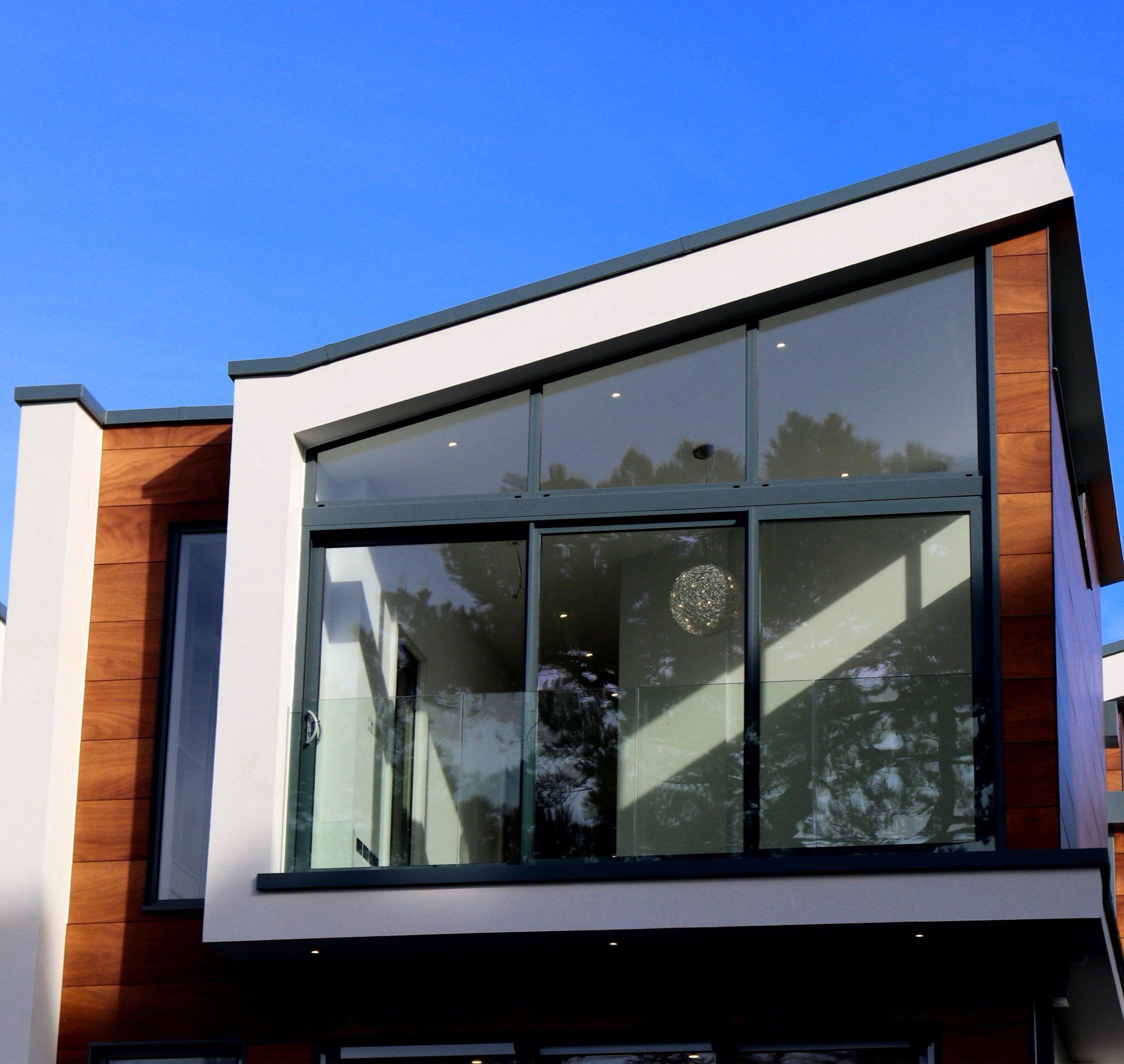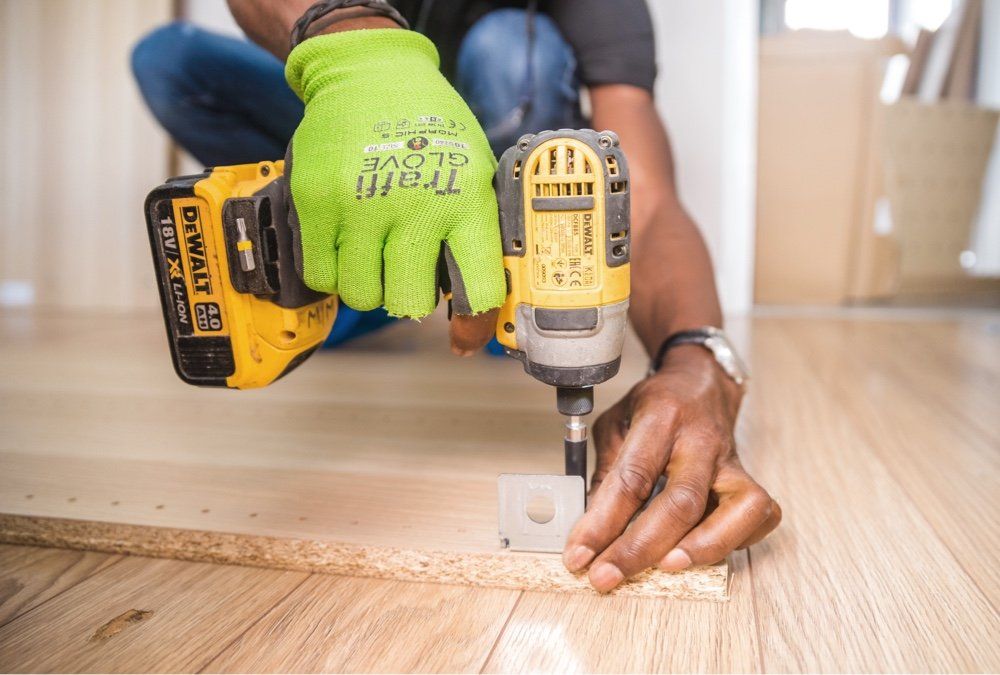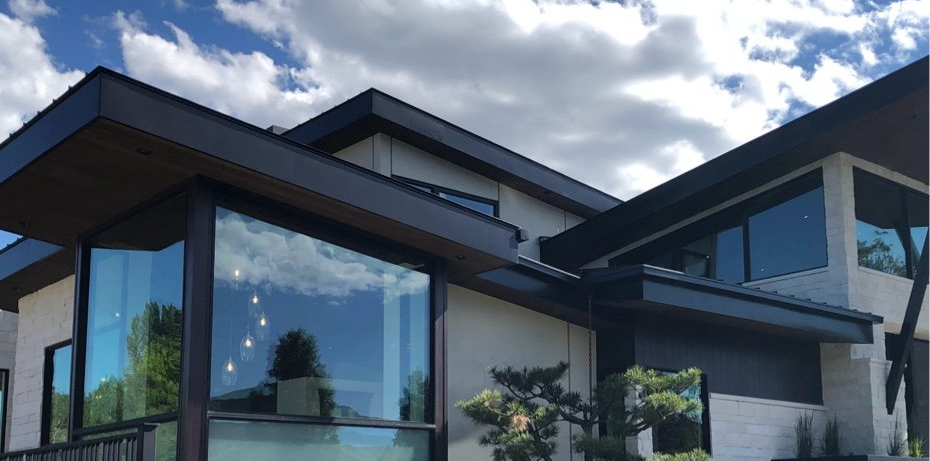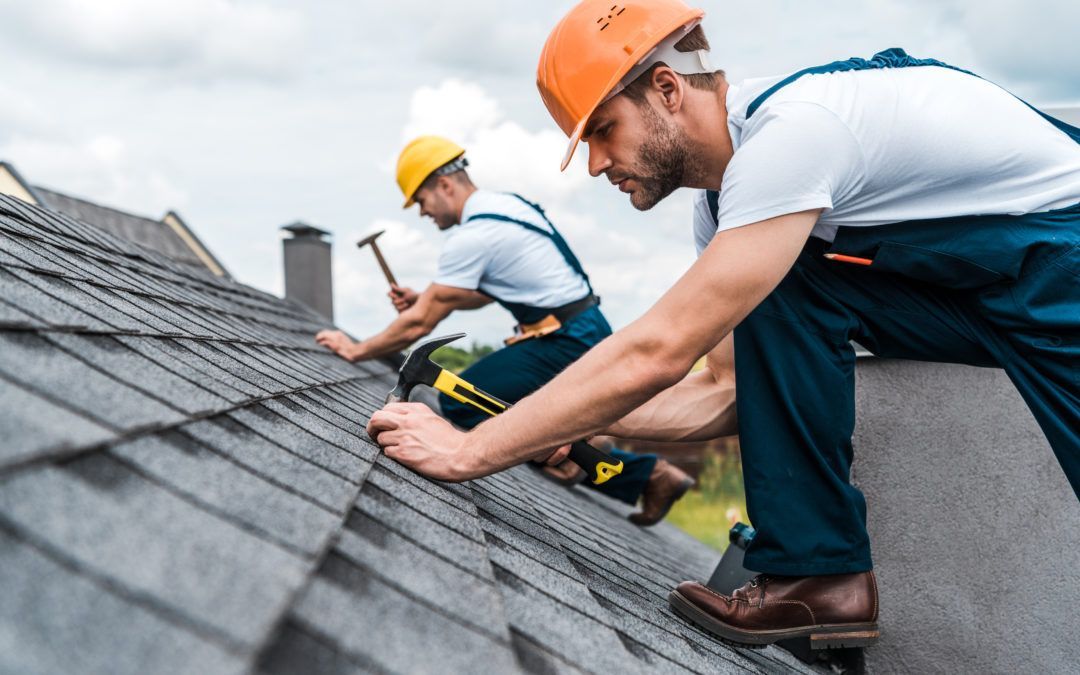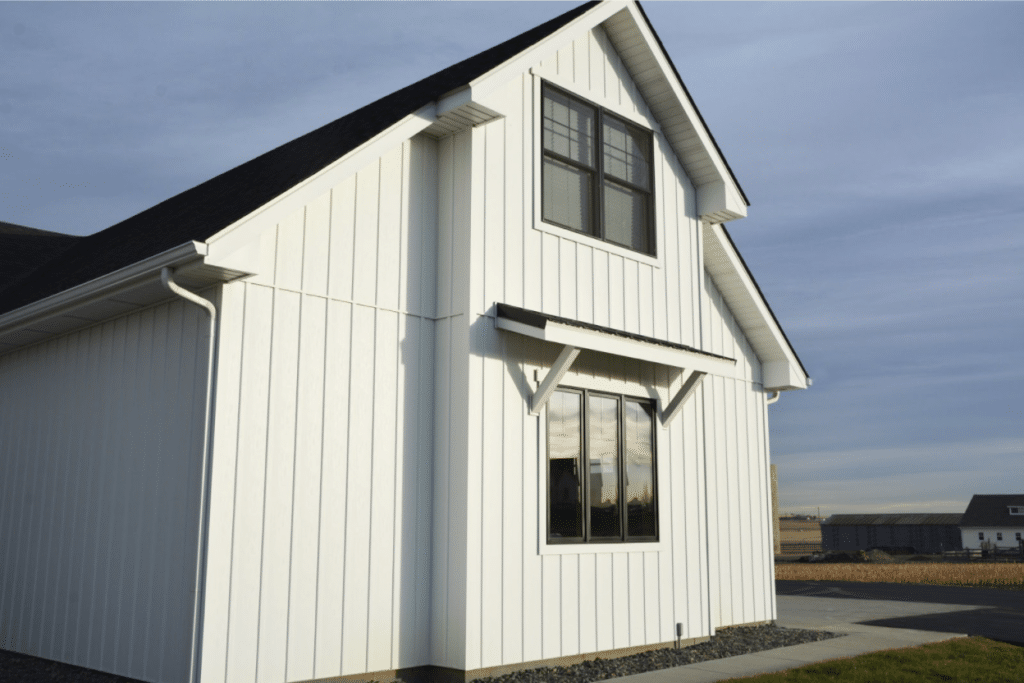Commercial Roofing Safety: Protocols and Best Practices
Commercial roofing is an essential aspect of any modern building construction project. To complete any commercial roofing job - be it repairs, maintenance, or installation - skilled labor, and the right safety protocols are necessary. Roofing work is a high-risk job that exposes workers to various hazards, including fatal falls, electrical shocks, and chemical hazards.

As such, understanding roofing safety protocols is essential to prevent accidents and injuries in the workplace. With that in mind, this post will explore commercial roofing safety protocols and best practices.
Conduct a Risk Assessment
The first step in commercial roofing safety is conducting site-specific safety assessments. Risk assessment helps identify potential risks regarding the roofing project. The goal of the risk assessment is to evaluate the dangers and secure safety measures to reduce the risk of accidents. The roofing team must identify the potential hazards before the job starts and update the safety plan accordingly. The hazards can include roof pitch, skylights, vents, and other known risks on the site.
Use appropriate equipment
One of the best practices for commercial roofing safety is the use of appropriate equipment. This includes Personal Protective Equipment (PPE) - helmets, gloves, safety glasses, and steel-toed boots. The equipment should be well-maintained, and workers should be trained on how to use them correctly. Additionally, use of scaffolds, safety belts, and harnesses for higher elevations is crucial to prevent falls.
Follow Electrical Safety Measures
Electrical hazards pose significant risks during commercial roofing. Prior to the job, the roofing company must conduct an electrical hazard evaluation of the site. Workers should be trained on identifying electrical hazards and avoiding power lines. Electrical hazards must also account for lightning strikes during inclement weather. All electrical tools must be grounded and have a three-wire cord with a ground plug.
Proper Communication
Proper communication between workers on the job site is crucial in commercial roofing safety. Workers should continually review the safety plan to ensure they are following proper procedures and to prevent accidents. Safety meetings should be conducted before starting the roofing work and regularly throughout the project timeline. Proper communication also extends to pedestrians on the site and signage of any potential hazards.
Proper Training
The final best practice in commercial roofing safety is training. Workers who are trained to follow proper safety protocols are more likely to avoid accidents on the job. Training will give workers the knowledge and confidence to recognize potential hazards and prevent accidents. OSHA also provides training programs that are useful to prevent accidents and ensure that workers follow proper roofing safety procedures.
In conclusion, commercial roofing safety protocols and best practices are essential for any roofing job. Safety assessments, appropriate equipment, electrical safety measures, proper communication, and proper training are the key areas that contractors should consider. When these best practices are in place, roofing businesses can ensure safe working conditions for their employees, preventing accidents that might lead to lost productivity and liability. As a result, companies that put safety first enjoy higher employee satisfaction and more excellent business reputation.
